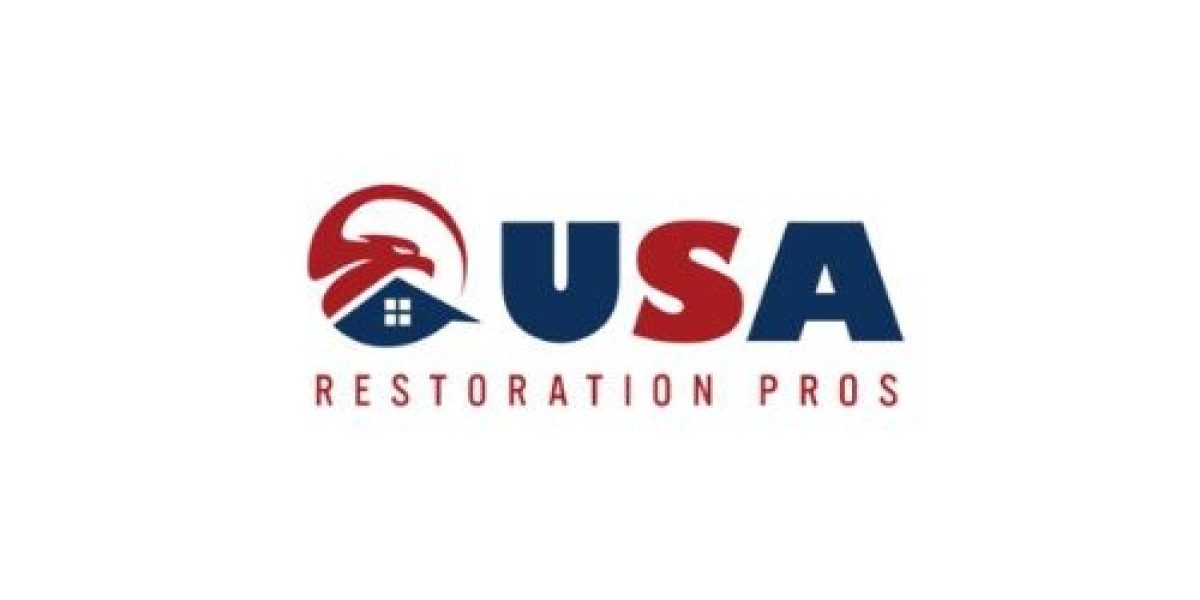Wind damage is a multifaceted phenomenon influenced by various factors, primarily wind speed and wind direction. Understanding these elements is crucial for mitigating the risks associated with wind damage. In this detailed article, we will explore the scientific principles behind wind damage, examining how wind speed and direction play pivotal roles in the severity and type of damage caused.
Understanding Wind Speed
1. Wind Speed and Its Measurement
Wind speed refers to the rate at which air moves from one location to another. It is typically measured in miles per hour (mph) or kilometers per hour (kph) using instruments such as anemometers. Wind speed is categorized into different levels, ranging from gentle breezes to devastating hurricanes.
2. The Beaufort Scale
The Beaufort Scale is a standardized scale used to describe wind speed based on observed conditions at sea or on land. It ranges from 0 (calm) to 12 (hurricane). This scale helps in assessing potential wind damage by correlating wind speeds with expected impacts on structures and natural elements.
3. Impact of High Wind Speeds
High wind speeds exert tremendous pressure on buildings, trees, and other structures. As wind speed increases, the force it exerts grows exponentially. For instance, a doubling of wind speed results in a quadrupling of the force exerted. This explains why hurricanes and tornadoes, with their exceptionally high wind speeds, cause catastrophic damage.
The Role of Wind Direction
1. Wind Direction and Structural Integrity
Wind direction significantly influences how structures experience wind forces. When wind strikes a building head-on, it exerts direct pressure on the windward side, potentially causing windows to shatter and walls to buckle. Conversely, wind flowing over and around a structure can create suction forces that lift roofs and cause walls to implode.
2. Effects on Different Building Orientations
The orientation of a building relative to prevailing wind directions plays a critical role in its vulnerability to wind damage. Buildings oriented perpendicular to prevailing winds tend to experience higher wind loads. Architectural designs that account for local wind patterns can reduce the risk of wind damage by optimizing the orientation and shape of structures.
3. Wind Direction Changes During Storms
Wind direction often changes during severe weather events. In hurricanes, for example, wind direction can shift as the storm rotates, subjecting structures to varying wind loads from different angles. This dynamic nature of wind direction requires comprehensive engineering solutions to enhance building resilience.
Types of Wind Damage
1. Direct Pressure Damage
Direct pressure damage occurs when wind exerts force directly on a structure’s surface. This can lead to the deformation of walls, the breaking of windows, and the overall weakening of structural integrity. Buildings with large, flat surfaces are particularly susceptible to this type of damage.
2. Uplift and Suction Forces
Uplift and suction forces are generated when wind flows over a structure, creating areas of lower pressure that can lift roofs and other components. Flat and low-pitched roofs are especially vulnerable. Proper roof design, including the use of hurricane straps and reinforced fasteners, can mitigate this risk.
3. Impact from Flying Debris
Flying debris is a common and dangerous consequence of high wind events. Objects such as tree branches, signs, and construction materials can become airborne, causing significant damage upon impact. Reinforced windows and barriers can provide additional protection against flying debris.
Preventive Measures Against Wind Damage
1. Building Codes and Standards
Adhering to modern building codes and standards is essential for minimizing wind damage. These codes specify requirements for materials, construction techniques, and design elements that enhance wind resistance. Regular updates to building codes ensure that structures remain resilient to evolving wind hazards.
2. Wind-Resistant Design
Incorporating wind-resistant design features can significantly reduce a building’s susceptibility to wind damage. This includes aerodynamic shapes, reinforced materials, and strategic placement of openings to manage wind flow. Architects and engineers must consider local wind patterns when designing buildings.
3. Regular Maintenance
Regular maintenance of buildings and surrounding areas is crucial for preventing wind damage. This includes inspecting and repairing roofs, securing loose objects, and trimming trees. Proactive maintenance can identify and address vulnerabilities before they become major issues during wind events.
4. Installation of Protective Measures
Installing protective measures such as storm shutters, impact-resistant windows, and reinforced doors can provide an additional layer of defense against wind damage. These measures are especially important in hurricane-prone regions where high wind speeds are common.
Emergency Preparedness and Response
1. Developing an Emergency Plan
Having a well-defined emergency plan is vital for ensuring safety during wind events. This plan should include identifying safe areas within the home, evacuation routes, and communication strategies. Regular drills and updates to the plan can enhance preparedness.
2. Staying Informed
Staying informed about weather conditions is essential for timely action. Monitoring local weather forecasts, subscribing to alert services, and understanding wind warnings can provide the information needed to protect life and property.
3. Post-Storm Recovery
After a wind event, assessing and addressing damage promptly is crucial for recovery. This includes contacting insurance providers, documenting damage, and making necessary repairs. Community resources and support networks can also aid in the recovery process.
Conclusion
Understanding the science behind wind damage, particularly the roles of wind speed and direction, is essential for effective risk management. By implementing preventive measures, adhering to building codes, and staying prepared, we can mitigate the impact of wind damage and protect our properties and lives.


